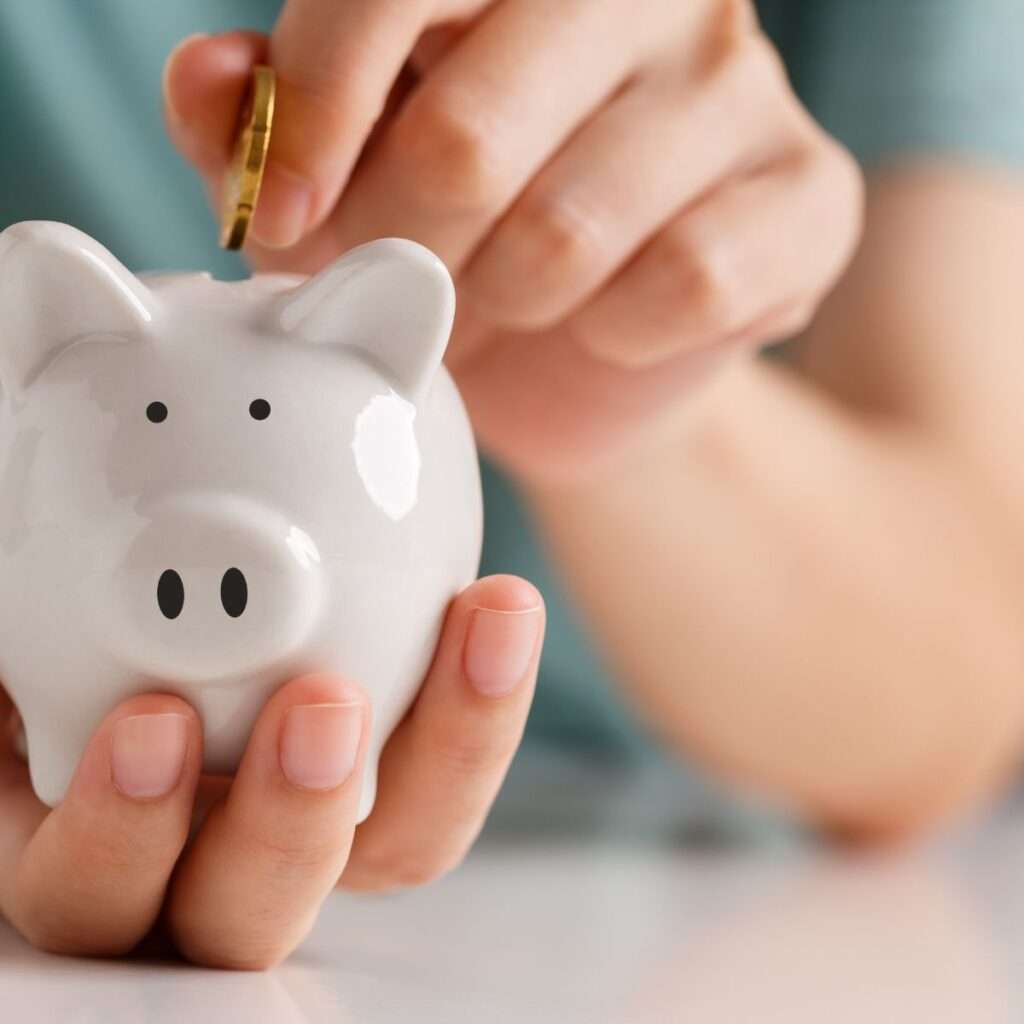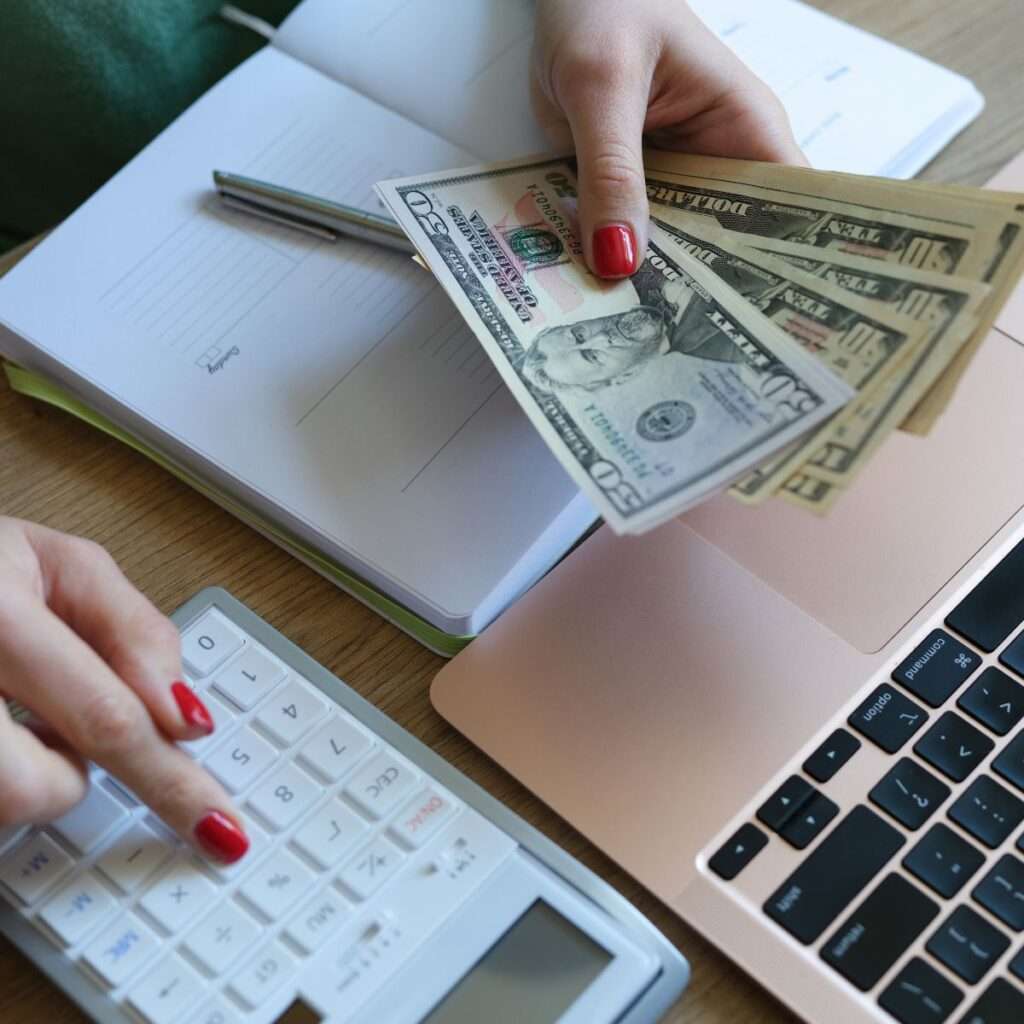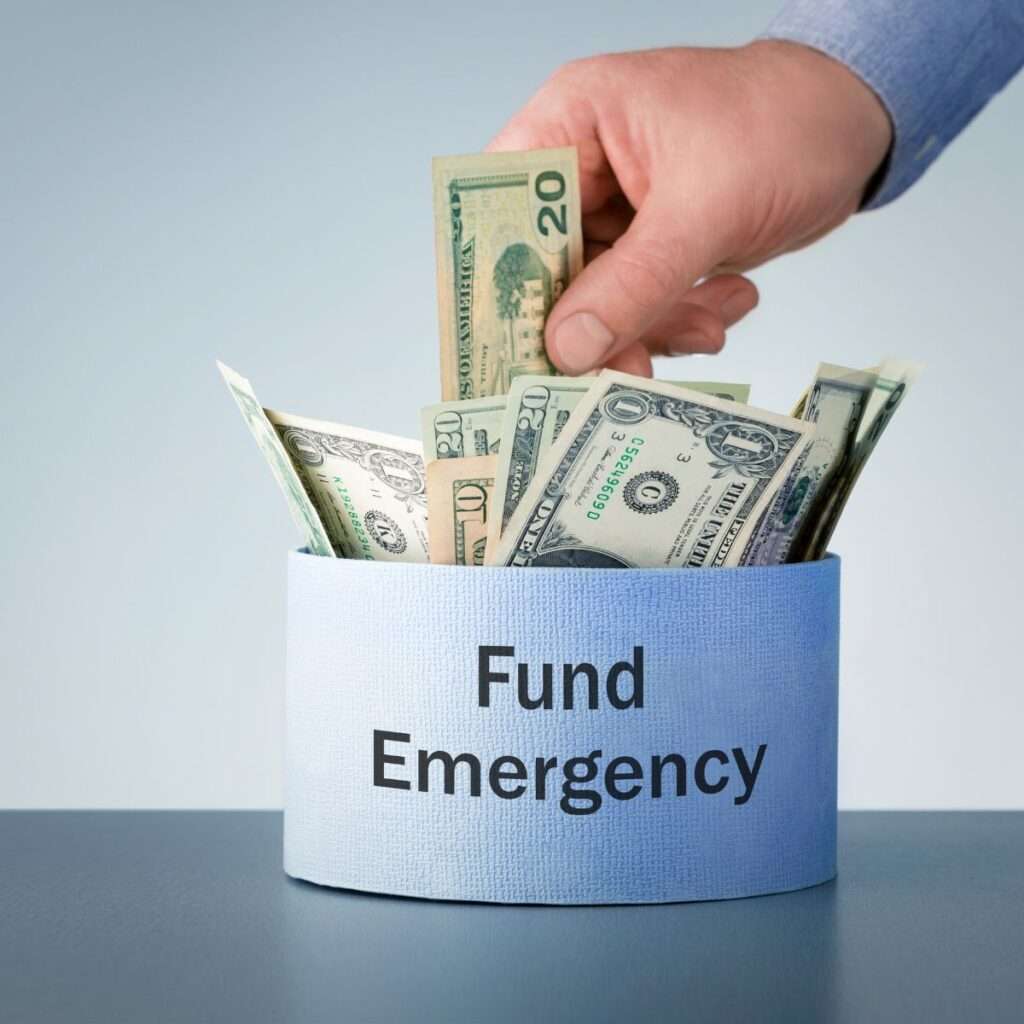
Life is full of surprises, and not all of them are pleasant. Whether it’s a medical emergency, car repairs, or an unexpected job loss, having an emergency fund can be the financial safety net that helps you weather the storm. An emergency fund offers peace of mind, allowing you to handle unexpected expenses without derailing your financial goals.
In this blog, we’ll explain why having an emergency fund is essential, how much you should aim to save, and practical tips for building your own emergency fund.
What Is an Emergency Fund?
An emergency fund is a stash of money set aside to cover financial emergencies. Unlike a savings account that you might use for vacation or a down payment on a house, this money is strictly for unexpected expenses.
Common reasons you might dip into your emergency fund include:
- Medical emergencies (unexpected doctor or hospital visits)
- Job loss (income replacement while searching for a new job)
- Major car or home repairs
- Unexpected travel (e.g., family emergencies)
Having a dedicated fund for these situations prevents you from relying on credit cards, taking on debt, or pulling from long-term savings like retirement accounts.


Why You Need an Emergency Fund
Life is unpredictable, and no matter how carefully you budget, unexpected expenses are bound to pop up. Here’s why an emergency fund is a must-have for your financial health:
- Prevents Debt Accumulation:
Without an emergency fund, many people turn to credit cards or loans to cover unexpected
expenses. While this might seem like a quick fix, it can lead to high-interest debt that takes
months or even years to pay off. - Provides Financial Security:
Knowing that you have a financial cushion gives you peace of mind. Whether it’s dealing
with a medical emergency or sudden job loss, an emergency fund provides a sense of
security and helps you avoid panic when the unexpected happens. - Avoids Derailing Financial Goals:
Without an emergency fund, unexpected costs can force you to dip into other savings or
investment accounts. This can set you back on goals like saving for retirement, buying a home, or paying off debt. - Gives You Freedom to Make Decisions:
If you lose your job or face a financial crisis, having an emergency fund gives you the freedom to make decisions without feeling desperate. You won’t be pressured to accept any job or make rash decisions due to financial strain.
How Much Should You Save?
The amount of money you need in an emergency fund depends on your personal financial
situation. Financial experts typically recommend saving three to six months’ worth of living
expenses. This means enough money to cover your essential expenses—like housing, utilities,
groceries, and transportation—if you were to lose your income.
Here’s how to calculate your emergency fund goal:
1. List your essential monthly expenses. These include rent or mortgage, utilities, food, insurance, debt payments, and transportation.
2. Multiply this amount by three to six. This will give you a target range for your emergency fund.
For example, if your essential monthly expenses are $2,500, you should aim for an emergency
fund of $7,500 to $15,000.


Where to Keep Your Emergency Fund
Your emergency fund should be easily accessible but kept separate from your regular checking account to avoid temptation. Here are a few options for storing your emergency fund:
- High-yield savings account: A high-yield savings account offers a higher interest rate
than a traditional savings account while keeping your money easily accessible. - Money market account: Similar to a savings account but may offer slightly higher interest rates and check-writing privileges.
- Online savings accounts: These accounts often have lower fees and better interest rates than traditional banks.
Avoid putting your emergency fund in investments like stocks or mutual funds, as the value could fluctuate, and you may not have access to the money when you need it most.
How to Build an Emergency Fund: 6 Practical Tips
Building an emergency fund can feel daunting, especially if you’re starting from scratch. But with consistency and a plan, you can gradually grow your fund. Here’s how:

1. Set a Realistic Goal
Instead of focusing on saving six months of expenses right away, start with a smaller goal—such as $1,000. Once you reach that milestone, continue building your fund incrementally. Setting smaller, achievable goals will keep you motivated and make the process feel less overwhelming.
2. Automate Your Savings
One of the easiest ways to grow your emergency fund is to automate your savings. Set up an automatic transfer from your checking account to your emergency fund every payday. This way, saving becomes effortless, and you won’t be tempted to spend the money.
3. Cut Back on Non-Essential Expenses
Review your budget and look for areas where you can cut back, even temporarily. This might mean eating out less, canceling subscription services you don’t use, or finding cheaper alternatives for your hobbies and entertainment. The money you save can go directly into your emergency fund.
4. Use Windfalls to Boost Savings
Whenever you receive a windfall—such as a tax refund, work bonus, or cash gift—consider putting a portion (or all) of it into your emergency fund. These lump sums can give your fund a significant boost, helping you reach your goal faster.
5. Start a Side Hustle
If your current budget doesn’t leave much room for savings, consider starting a side hustle to bring in extra income. Whether it’s freelancing, tutoring, or selling products online, any extra money earned can be dedicated to building your emergency fund.
6. Treat Your Emergency Fund Like a Non-Negotiable Bill
Make your emergency fund a priority by treating it like a fixed monthly expense. Just as you wouldn’t skip paying your rent or utility bills, commit to consistently contributing to your emergency fund, even if it’s a small amount each month.
When to Use Your Emergency Fund
Your emergency fund is designed for financial emergencies, so it’s important to use it wisely.
Here’s a rule of thumb for deciding when to dip into the fund:
- YES: Medical emergencies, job loss, car repairs, urgent home repairs (like a broken furnace or roof leak).
- NO: Non-essential purchases, vacations, or routine expenses like annual car registration or holiday shopping (these should be budgeted for separately). Once you’ve used money from your emergency fund, make it a priority to replenish it as soon as possible.
Conclusion: Your Financial Safety Net
An emergency fund is a vital part of any solid financial plan. By setting aside money for life’s unexpected expenses, you’ll have peace of mind knowing that you’re prepared for whatever
comes your way. Building an emergency fund takes time, but with a clear plan and consistent
effort, you’ll reach your goal.
If you’re ready to get started on your emergency fund but aren’t sure how to fit it into your budget, I can help. Book a free discovery call today, and we’ll create a plan to build your financial safety net and set you on the path to financial security.



